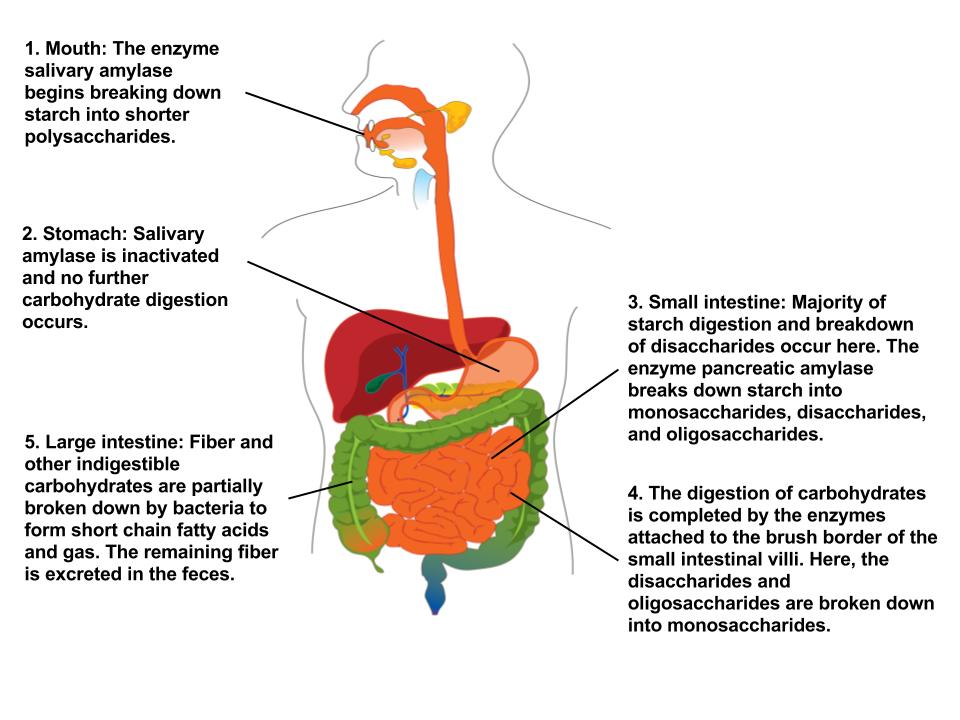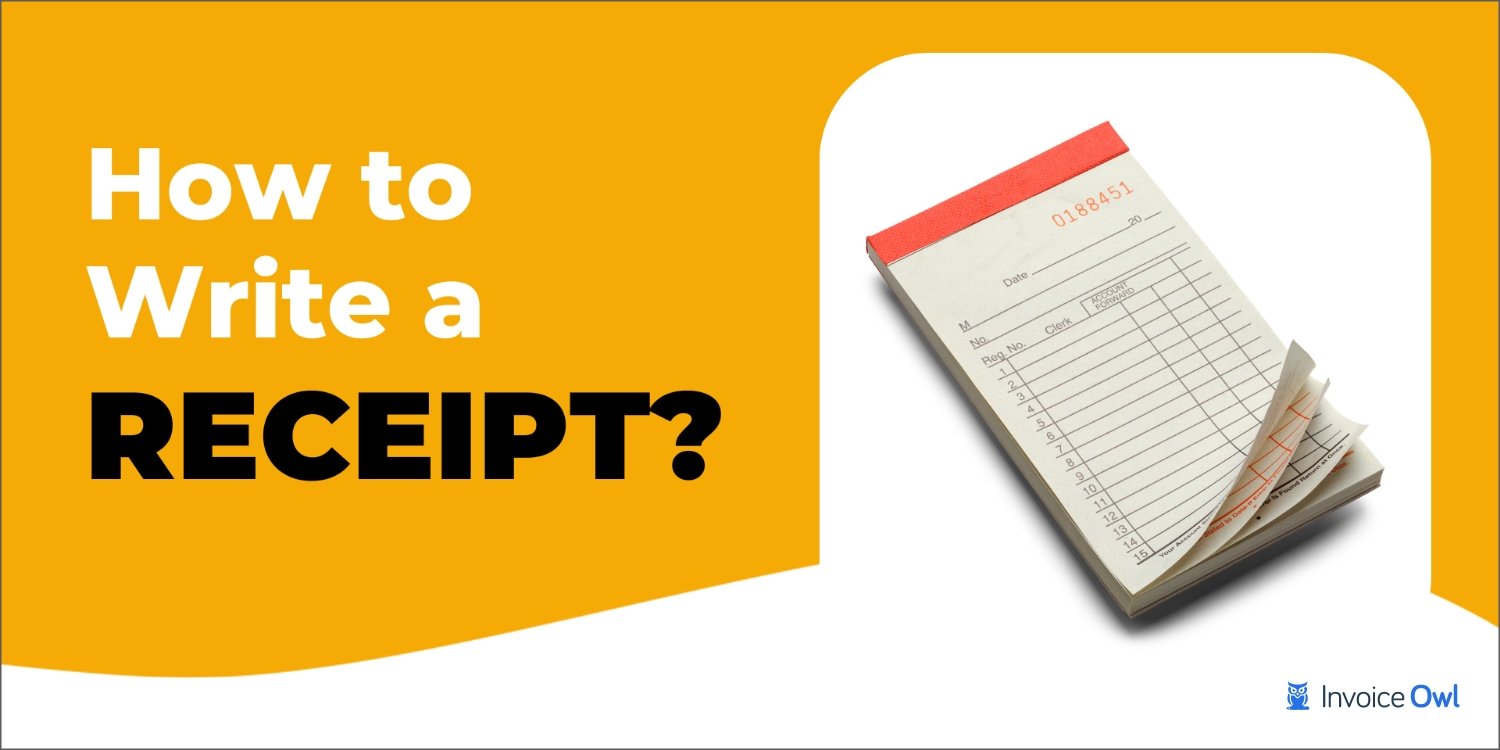Convert Image Data into Excel Sheets
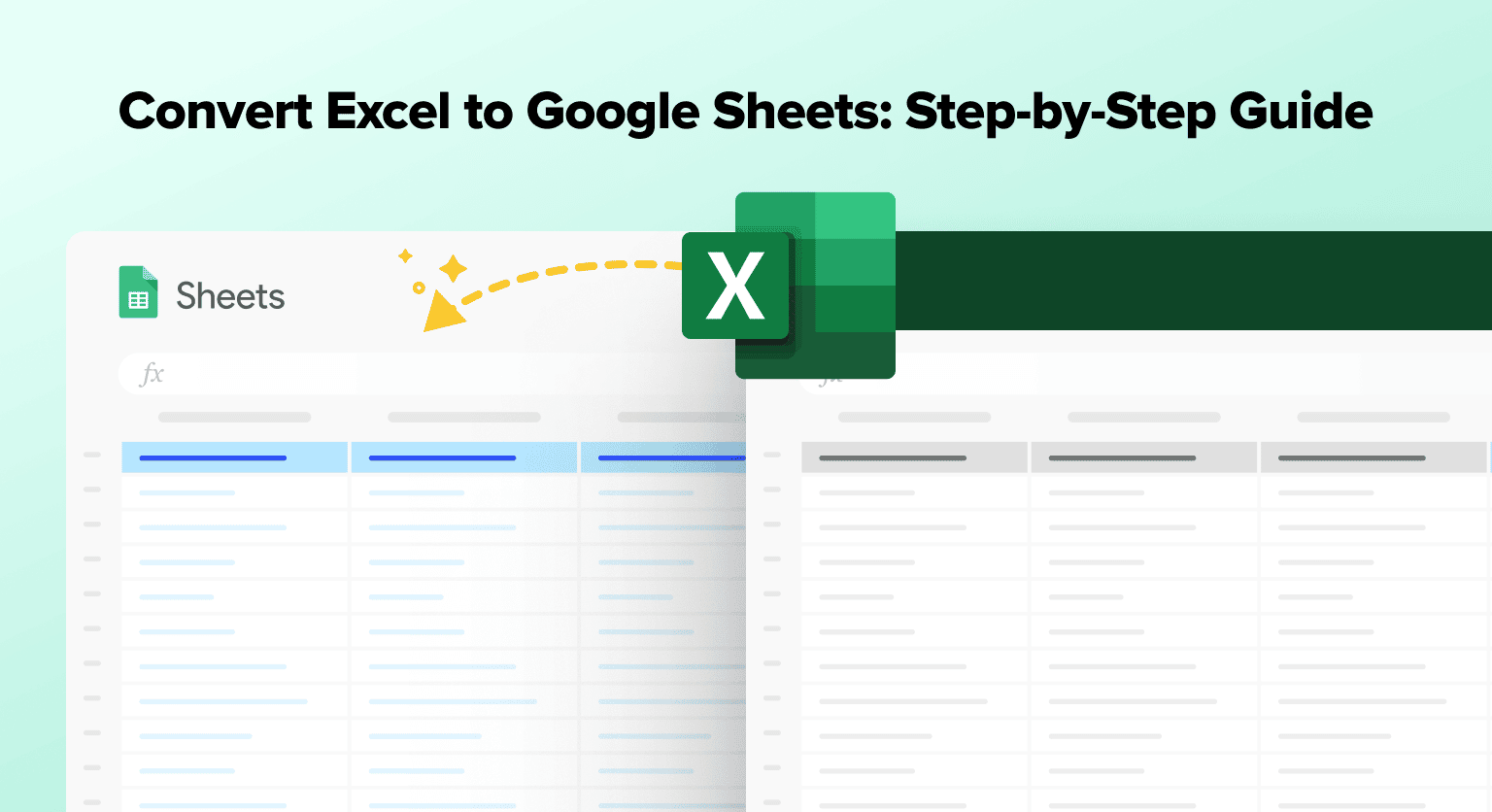
In today's data-driven world, the ability to efficiently convert image data into structured Excel sheets is a valuable skill for many professionals and enthusiasts. Whether you're a researcher analyzing survey results, a data scientist working with visual data, or a business analyst dealing with reports, the need to transform image-based information into Excel spreadsheets arises frequently. This article aims to provide an in-depth guide on how to effectively convert image data into Excel, ensuring accurate and organized data representation.
Understanding Image Data Conversion
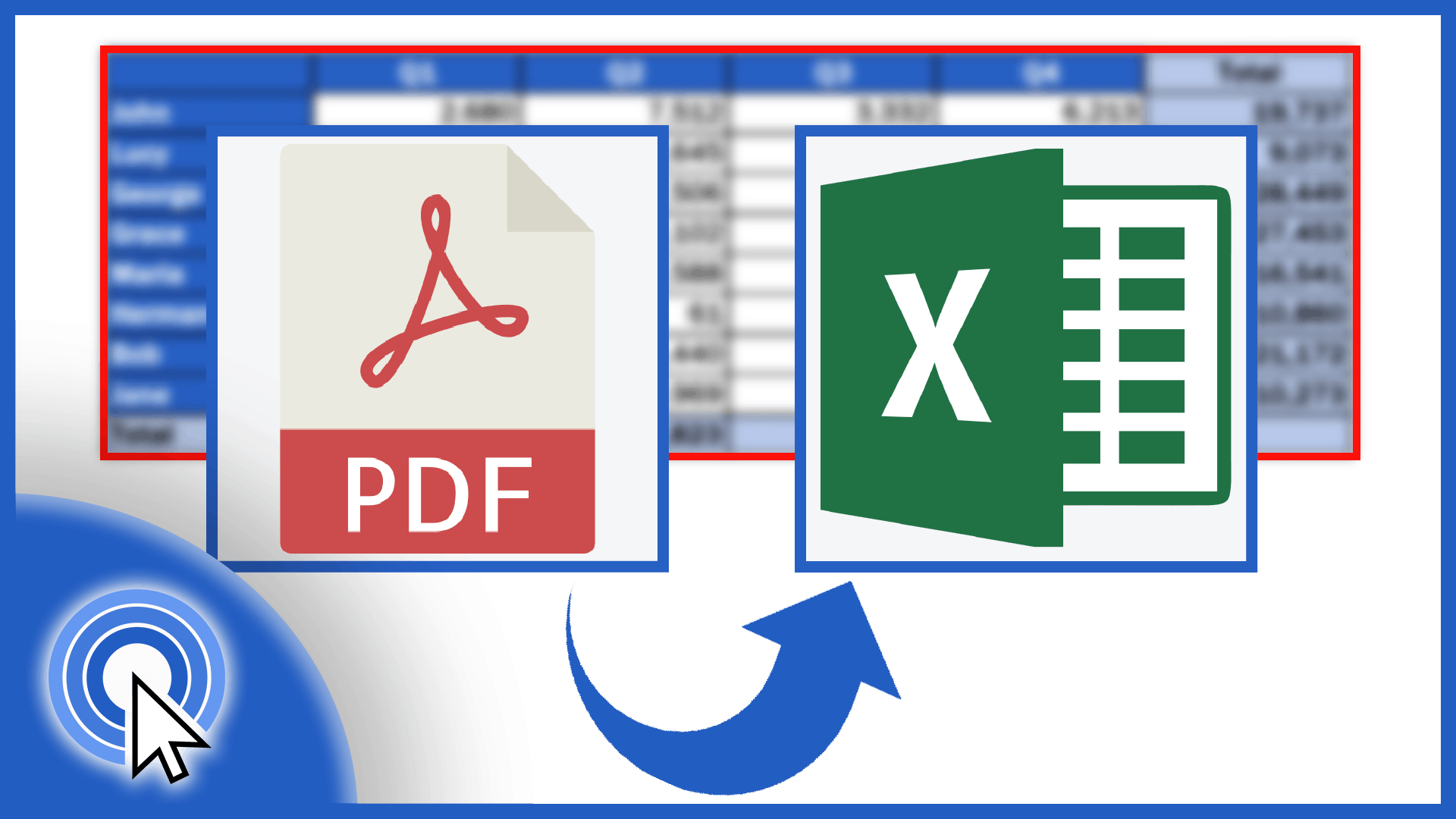
Converting image data into Excel sheets involves a series of steps, each requiring precision and the right tools. The process begins with identifying the type of image data you’re working with. Image data can range from simple screenshots of tables to more complex visuals like charts, graphs, or even handwritten notes. Understanding the nature of your image data is crucial as it determines the level of complexity involved in the conversion process.
The next step is to choose the appropriate conversion method. Several software tools and online platforms offer image-to-Excel conversion services, each with its own set of features and limitations. The choice of tool depends on factors such as the type of image data, the desired level of accuracy, and the complexity of the final Excel sheet.
Image Data Types and Challenges
Different types of image data present unique challenges during the conversion process. For instance, converting a simple table captured as an image into an Excel sheet is relatively straightforward. However, converting a graph or chart requires more advanced techniques to ensure the accuracy of data points and labels. Handwritten notes, on the other hand, present the most complex challenge due to the variability and uniqueness of each person’s handwriting.
Here's a breakdown of common image data types and their conversion challenges:
- Tables: Relatively easy to convert, but care must be taken to ensure all cells and their contents are accurately represented.
- Charts and Graphs: Require precise extraction of data points and labels, often involving advanced image processing techniques.
- Handwritten Notes: Present the most difficult challenge due to the need for advanced handwriting recognition technology and the potential for errors.
Tools and Techniques for Image Data Conversion
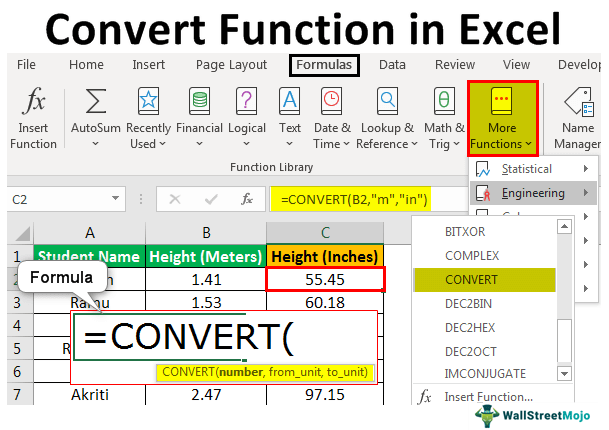
Several tools and techniques are available for converting image data into Excel sheets. The choice of tool depends on factors such as the complexity of the image data, the desired accuracy, and personal preference.
Software Tools for Image Data Conversion
There are dedicated software tools designed specifically for image-to-Excel conversion. These tools offer a range of features, from basic image editing capabilities to advanced optical character recognition (OCR) technology. OCR technology is particularly useful for converting handwritten notes and scanned documents into Excel sheets.
Some popular software tools for image data conversion include:
- Adobe Acrobat: Offers advanced OCR capabilities and allows for precise control over the conversion process.
- ABBYY FineReader: Known for its accuracy and ability to handle complex image data, including multiple languages.
- Scanmarker: A portable OCR device that allows for quick and accurate conversion of handwritten notes and printed text.
Online Platforms for Image Data Conversion
Several online platforms offer image-to-Excel conversion services. These platforms are often user-friendly and require minimal technical knowledge. Simply upload your image file, and the platform will generate an Excel sheet based on the image data.
Some popular online platforms for image data conversion include:
- OCR.space: Offers a simple and intuitive interface for converting images to Excel. It supports a wide range of image formats and provides good accuracy.
- Online OCR: Allows for batch processing of image files and provides advanced editing features for fine-tuning the converted data.
- Smallpdf: Known for its ease of use and ability to handle various image formats. It also offers additional features like PDF compression and splitting.
Manual Conversion Techniques
In some cases, manual conversion techniques may be necessary, especially when dealing with complex image data or when accuracy is paramount. Manual conversion involves carefully examining the image and manually entering the data into an Excel sheet.
Here are some tips for effective manual conversion:
- Use a high-resolution image to ensure clarity and accuracy.
- Take your time and double-check each data point to minimize errors.
- Consider using a tablet or stylus for more precise data entry, especially when dealing with handwritten notes.
Ensuring Accuracy and Consistency
Accuracy is paramount when converting image data into Excel sheets. Even a small error can lead to significant discrepancies in the final analysis or decision-making process. Here are some strategies to ensure accurate and consistent conversions:
Quality Control Measures
Implementing quality control measures is essential to maintain accuracy. This involves verifying the converted data against the original image. Compare the data in the Excel sheet with the image to identify any discrepancies. For critical data, it may be necessary to perform a second conversion or have a second person verify the data.
Error Handling and Data Cleaning
Errors are inevitable, especially when dealing with complex image data. It’s important to have a process in place for handling errors. This may involve manually correcting the data in the Excel sheet or adjusting the conversion settings to improve accuracy. Additionally, consider using Excel’s data cleaning features to identify and remove any duplicates or inconsistent data points.
Advanced Techniques for Complex Image Data
For particularly complex image data, such as detailed charts or handwritten notes, advanced techniques may be necessary. This could involve using machine learning algorithms or hiring professionals with expertise in image processing and data extraction. These experts can provide specialized solutions to ensure accurate and reliable conversions.
Future Implications and Advancements
The field of image data conversion is constantly evolving, driven by advancements in technology and increasing demand for efficient data management. Here’s a glimpse into the future of image data conversion:
Artificial Intelligence and Machine Learning
Artificial Intelligence (AI) and Machine Learning (ML) are poised to revolutionize image data conversion. AI-powered tools can learn from vast datasets, improving their accuracy and efficiency over time. ML algorithms can identify patterns and extract data from images with increasing precision, making the conversion process faster and more accurate.
Cloud-Based Solutions
The shift towards cloud-based solutions is another significant trend in image data conversion. Cloud-based platforms offer scalability, accessibility, and collaboration features. Users can access their converted data from anywhere, and multiple team members can work on the same project simultaneously. Additionally, cloud-based solutions often provide automatic updates and improvements, ensuring users always have access to the latest conversion technologies.
Integration with Data Analysis Tools
As the demand for data-driven decision-making grows, the integration of image data conversion tools with data analysis software is becoming more prevalent. This integration allows for seamless data flow from image to analysis, saving time and reducing the risk of errors. Users can directly analyze converted data without the need for manual data transfer, enhancing efficiency and accuracy.
Conclusion
Converting image data into Excel sheets is a crucial skill for professionals and enthusiasts alike. By understanding the challenges and utilizing the right tools and techniques, accurate and organized data representation is achievable. As technology advances, the future of image data conversion looks promising, with AI, cloud-based solutions, and integrated data analysis tools poised to revolutionize the process.
How do I choose the right software for image data conversion?
+
Choosing the right software depends on factors like the complexity of your image data, the desired accuracy, and your budget. For basic conversions, online platforms like OCR.space may suffice. For more advanced needs, dedicated software like Adobe Acrobat or ABBYY FineReader offers more control and precision.
What if the converted data contains errors?
+
Errors can occur during the conversion process, especially with complex image data. It’s important to have a quality control process in place to identify and correct these errors. This may involve manually checking the data or using additional tools for data cleaning and validation.
Can I convert handwritten notes into Excel sheets?
+
Yes, it is possible to convert handwritten notes into Excel sheets. However, it requires specialized tools or techniques due to the complexity of handwriting recognition. Advanced OCR software or machine learning algorithms can be used for accurate conversion.
